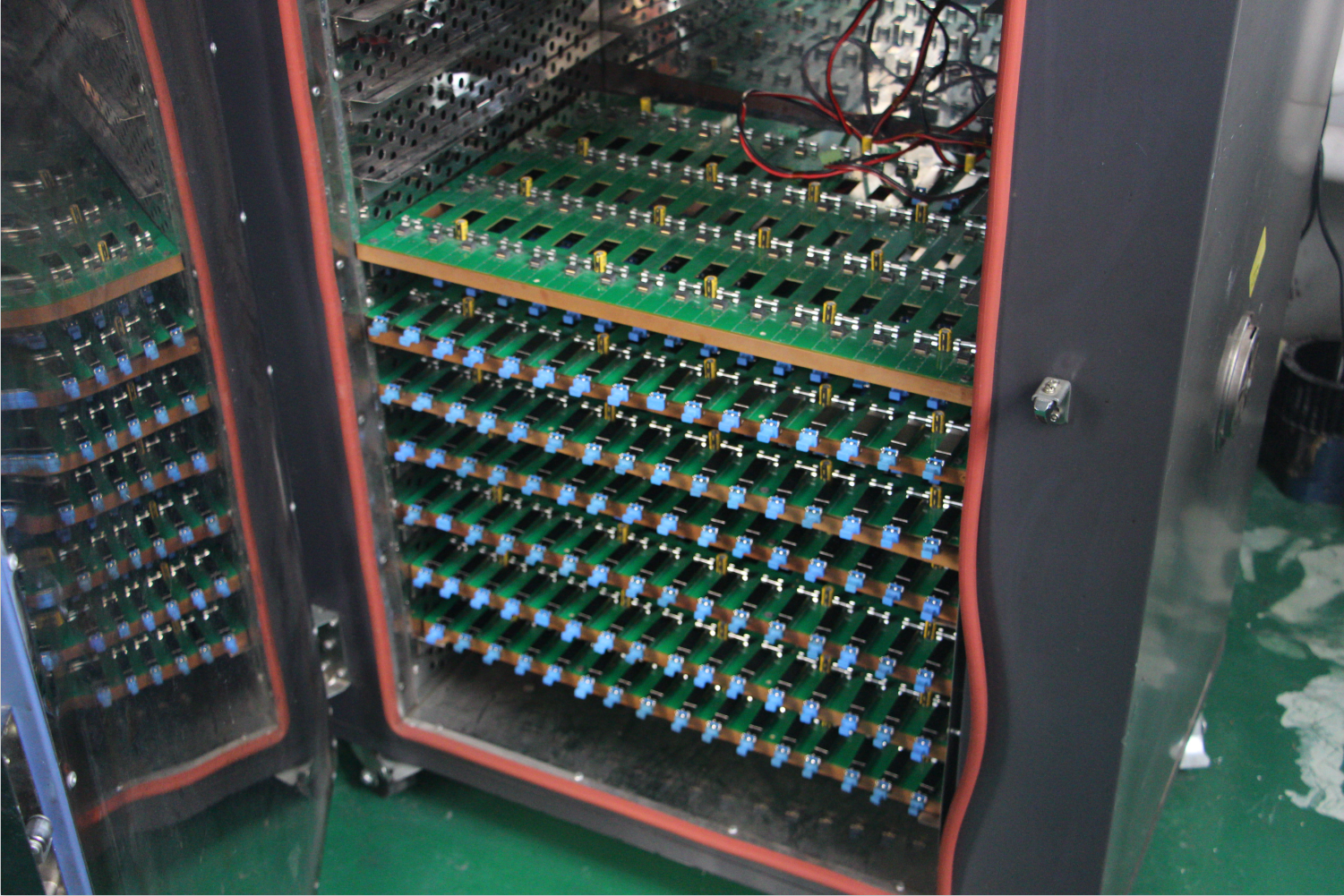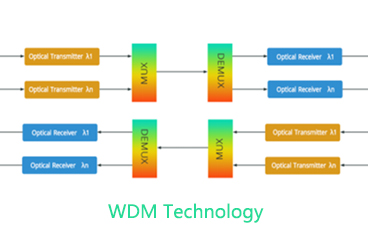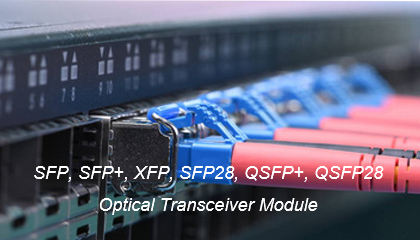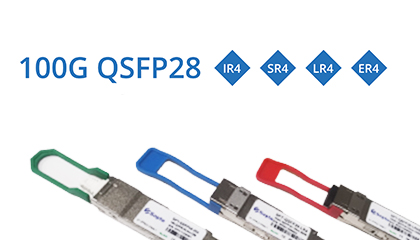The operating temperature of the optical module will affect the parameters of the entire optical module. According to the operating temperature of optical modules, optical modules are classified into industrial-grade and commercial-grade. At present, the commonly used optical modules on the market are mainly commercial-grade optical modules. Therefore, most people do not know much about industrial-grade optical modules. So what are the differences between industrial-grade optical modules and commercial-grade optical modules? In what environment is it used?
1. Operating temperature
The operating temperature range of commercial-grade optical modules is between 0 and 70°C; the operating temperature range of industrial-grade optical modules is between -40 and 85°C.
2. Application scenarios
Commercial-grade optical modules are the most common and widely used products on the market. They are mainly used in indoor computer rooms, data centers and other environments. Industrial-grade optical modules are used in relatively harsh environments with large operating temperature differences. The most basic working conditions are that they must meet the temperature requirements of minus 40 °C and minus 85 °C, such as remote mountainous areas, tunnels, factories, etc.
3. Test method
Commercial-grade optical modules undergo room temperature aging, and the high temperature can only withstand up to 70°C, and the ideal operating temperature is 0~70°C. Industrial-grade optical modules need to undergo high and low temperature aging tests, and the temperature can withstand up to 85°C. In an environment below 0°C, the module can work stably.

4. Physical cooling
Since industrial-grade optical modules work at a high temperature of 85°C, heat-dissipating silica gel must be used to dissipate the heat generated by the laser to achieve a physical cooling effect and avoid damage to the optical module due to excessive temperature. Commercial-grade optical modules do not need to be used.
5. Temperature compensation
In order to ensure the normal operation of industrial-grade optical modules in sub-zero temperatures, temperature compensation is required so that the optical modules can obtain continuous current supply and their performance is not affected. The lowest temperature of commercial-grade optical modules is above zero, so temperature compensation is not required.
6. Cost
Due to the physical cooling and temperature compensation of the industrial-grade optical module, its raw material cost and manufacturing cost increase. Therefore, when the transmission rate and wavelength are the same, the price of industrial-grade optical modules is often more expensive than that of commercial-grade optical modules.
Tags : opitcal module, fiber optic module, optical transceiver modules
— END —
























